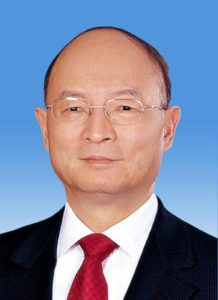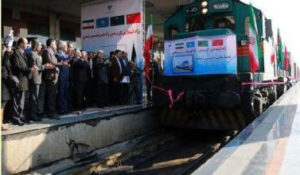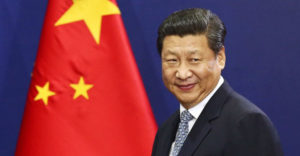China’s tumbling stocks, slippery and slipping growth numbers, and pollution emergencies were just a few of the crises of 2015 rattling a global economy increasingly dependent on Chinese growth. The central government’s continued elaboration of its One Belt One Road (OBOR) Initiative suggests that China’s leaders, by contrast, are increasingly confident that the lessons of China’s unique experience of development can be applied on a wider stage than previously imagined. The Chinese concept of development finance 开发性金融 provides the set of principles that determine how Xi Jinping’s gauzy statements of intent will actually be converted into bricks and mortar, rail and highways. As a consequence, understanding the Chinese concept of development finance, and its similarities and differences with international orthodoxies is essential for understanding what OBOR is and what it might imply.
The first time Xi Jinping intro-duced the concept of OBOR, in September 2013 in Kazakhstan, he spoke of a ‘Silk Road Economic Belt’—specifically, road and rail construction along a route roughly following the ancient trade route connecting China to Europe via Central Asia. One month later, in Indonesia, he proposed an equivalent ‘Maritime Silk Road’ to link China’s eastern ports to Europe via Southeast Asia. The Maritime Silk Road would pass along the Indian subcontinent, doubling back around the Bay of Bengal then across the Indian Ocean, grazing the east coast of Africa before heading straight up through the Suez Canal. On the maps that China has since published, this ‘one belt’ and ‘one road’ appear as two threads in a loop that loosely knits together Europe, Asia, the Middle East, and parts of Africa.
In March, the government revealed more details about the routes and corridors along which the government anticipates that construction will be concentrated. Most of China’s largest industrial and financial enterprises also released OBOR plans, which typically integrated their existing projects and future planning with OBOR’s objectives. (See Chapter 6 ‘Belt Tightening, pp.214–239.) These statements are beginning to give the OBOR concept shape and content.
But the event that perhaps most greatly informs our understanding of OBOR is not directly related to the initiative itself. In April, the State Council issued a document on the future structure of China’s banking system. It identified three kinds of finance—commercial, policy, and development. It defined the functions of each kind, and decreed that Chinese financial institutions would each have to commit to one kind and divest itself of its other kinds of loans. The institutions charged with financing OBOR—the China Development Bank, along with the new institutions AIIB and Silk Road Fund—are all considered development finance institutions. So the State Council’s decision essentially affirms that the principles of Chinese development finance will determine the lending practices that will shape OBOR.
Chen Yuan 陈元 was the first chairman of the China Development Bank and, in the late 1990s, the first to articulate a Chinese concept of development finance. He was building upon the tenets of development finance established by Western powers following World War II to fund reconstruction, as embodied in the institutions of the World Bank and the International Monetary Fund (IMF). Foremost among these tenets is the notion that economic development depends on the construction of capital-intensive infrastructure. In parts of the world where commercial banks will not fund development projects because of excessive time frames and low yields (rather than inherent risk) there is a role for state institutions or multilateral finance organisations to step in.
Chen established the principle that development finance in China would support development decided by national strategic interests. At the same time, it would be administered by a functionally independent institution—the China Development Bank— that would have the right to choose the projects it funded. It would not have the burden of channelling state subsidies to failing industries or ill-conceived public works. This dual aim—of advancing national strategic interests and remaining independently viable—fostered distinct lending practices. These included the Local Government Financing Vehicles that allowed provincial and city governments to leverage the rising value of land to fund infrastructure. The bank has succeeded spectacularly. With few bad loans on its books and assets of over $US1.6 trillion at the end of 2014, it is now one of the biggest financial institutions in the world.
Given that OBOR theoretically encompasses over half the world’s population, territory, and economic activity, and is backed by an institution much larger than the World Bank, the question arises as to whether the principles of Chinese development finance are compatible with global norms.
The constant referencing of the World Bank in the China Development Bank’s reviews of the completed projects it has financed shows how close the core principles of Chinese development finance are to those of the institutions (World Bank, IMF) established by the United Nations Monetary and Financial Conference of 1944 (also known as the Bretton Woods conference). There are, however, at least two major discrepancies.
The first is that Chinese development finance is explicitly the servant of China’s national strategy. Its founding purpose was to support the broad goals of the state, such as the Western Development Strategy, first proposed in 1999. This involved the diversion of resources towards China’s interior regions to help them catch up with the more economically dynamic coastal provinces. By contrast, the multilateral Bretton Woods institutions are guided by principles that, if ideologically inflected, are presented as supporting the interests of developing countries and the global community in general. It might be argued that institutions like the World Bank have in practice been co-opted by their major donors to pursue their own narrow national interests. Yet there remains a basic difference in principle.
The second major distinction concerns the importance placed on strong institutions of governance in countries receiving investment. This has long been an article of faith in the world of multilateral development finance, but it appears to conflict with China’s own experience. In an article in 2011, University of Hong Kong economist Xu Chenggang 许成钢 explained how China’s spectacular achievements in wealth creation and poverty reduction had occurred in a context of ‘notoriously weak’ institutions of government, corporate governance, law, and finance. He points out that China pressed forward with development in spite of these deficiencies. This, in turn, has shaped its development finance methodologies. Now, with OBOR, these may be applied abroad on an unprecedented scale.
If, as the plan for OBOR anticipates, China continues to ramp up its overseas lending to the point that it is responsible for a very large proportion of global development finance, China’s impact on global development paradigms will be considerable.
This may not play out, at least initially, in competition between Chinese institutions and established multilateral institutions competing directly to finance development in other countries. In the region covered by OBOR, demand for development finance vastly outweighs the current supply. Concern, however, may arise if Chinese development finance institutions are seen to be offering soft loans in the service of a strategy of economic integration, for such loans could encourage an economic dependence on China that might substantially shift the global balance of power away from the liberal democracies.
Many Chinese commentators have emphasised the need to forestall suspicion and alarm about Chinese intentions, not just in Washington and Tokyo, but in the OBOR countries themselves. In order to project an image of China as a rising power with fraternal instincts, they occasionally present arguments that cast the multilateral institutions of development finance as rigidly ideological, paternalistic or infected by a residual imperialism.
Niu Wenxin 钮文新, the editor-in-chief of CCTV’s finance network, wrote such a commentary in the China Economic Weekly in March 2015. He explicitly stated that the
establishment of the AIIB breaks the monopoly of the Bretton Woods institutions in the development finance sphere, and that cheaper infrastructure-targeted loans could bring about a ‘second Asian economic miracle’. Insisting that China is a ‘developing country that understands the needs of developing countries’, he suggested that the World Bank and the IMF have become ‘tools of imperialism’.
He gave as examples the lending conditions the IMF imposed during the Mexican and Asian financial crises of the 1990s and said China would never indulge in such paternalistic prescriptivism. The AIIB, by contrast, has created an unprecedented opportunity for developed and developing countries to engage in dialogue on development finance as equals. Such commentary tends to conflate the project financing functions of the World Bank, which China has been adapting and replicating for some time, with the global financial stabilisation and crisis management functions of the IMF—of which China has no unique experience. This is perhaps due to a perception that the World Bank and the IMF are different branches of a global financial establishment with a common ideology.
Other prominent Chinese economists, less boosterish about OBOR, have expressed concerned that such a scale of strategy-driven finance will lead to colossal waste, particularly of China’s vast (but diminishing) reserves of foreign currency.
If Chinese media has aired a diversity of views about the country’s evolving role as a development financier, no one should doubt China’s confidence in and commitment to the sort of international development implied by OBOR, to which it is devoting formidable political and financial capital.
Notes
‘Xi suggests China, C. Asia build Silk Road economic belt’, Xinhuanet, 7 September 2013, online at: http://news.xinhuanet.com/english/china/2013-09/07/c_132700695.htm
‘Speech by Chinese President Xi Jinping to Indonesian Parliament’, ASEAN-China Centre, online at: http://www.asean-china-center.org/english/2013-10/03/c_133062675.htm
‘Vision and proposed actions outlined on jointly building Silk Road Economic Belt and 21st-Century Maritime Silk Road’ “推动共建丝绸之路经济带和21世纪海上丝绸之路的愿景与行动”, China Daily, online at: http://language.chinadaily.com.cn/2015-03/30/content_19950951.htm
Wang Peicheng王培成,‘Policy Banks Repositioned’ “政策性银行再定位”, Caijing《财经》杂志 , 10 May 2015, online at: http://m.caijing.com.cn/api/show?contentid=3878980
Gong Wen龚雯, ‘The ‘Chinese Exploration’ of Development Finance—an interview with China Development Bank Chairman Chen Yuan’ “开发性金融的“中国探索”——访国家开发银行董事长陈元”, Renmin Wang, 3 September 2012, online at: http://www.people.com.cn/n/2012/0904/c15373-18917482.html
Henry Sanderson, Michael Forsythe, China’s Superbank: Debt, Oil and Influence: How China Development Bank is Rewriting the Rules of Finance, Singapore: John Wiley & Sons Singapore Pte. Ltd., 2013. See also, Liao Fan, ‘Quench a Thirst with Poison? — Local Government Financing Vehicles’ Past, Present and Future’, Parker School of Foreign and Comparative Law, available online at: http://web.law.columbia.edu/parker-school/chinese-state-capitalism-workshop/papers/quench-thirst-poison-local-government-financing-vehicles-past-present-and-future-liao-fan.
Wang Wensong王文松, ‘Wang Wensong: The China Development Bank has a big role to play in assisting ‘One Belt One Road’ construction’ “王文松:国家开发银行助推“一带一路”建设大有可为”, Xinhua Education, 24 May 2015, online at: http://news.xinhuanet.com/live/2015-05/24/c_127835411.htm.
Development finance in China. Case studies, The China Development Bank and Renmin University of China, Singapore: Enrich Professional Publishing, 2011.
Xu Chenggang, ‘The Fundamental Institutions of China’s Reforms and Development’, Journal of Economic Literature, vol 49, no.4 (December 2011), p. 1077.
Niu Wenxin钮文新, ‘AIIB a step forward from the BRICS bank’ “亚投行比金砖国家开发银行更近一步”, China Economic Weekly, 31 March 2015, online at: http://world.people.com.cn/n/2015/0331/c157278-26777650.html
See for instance, Huang Yiping黄益平, ‘Huang Yiping on One Belt One Road: Hopefully it won’t become an international version of the Western Development Strategy’ “黄益平谈一带一路:希望不要成为国际版西部大开发”, Sina Finance, 30 January 2015, online at: http://finance.sina.com.cn/hy/20150130/111621437403.shtml
